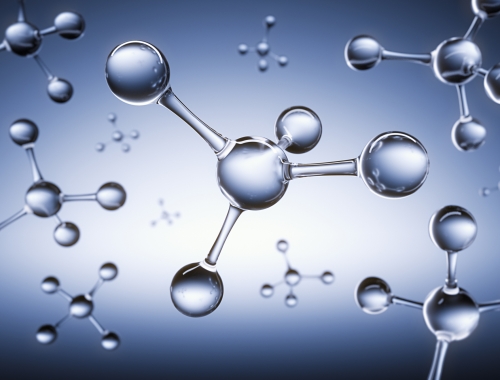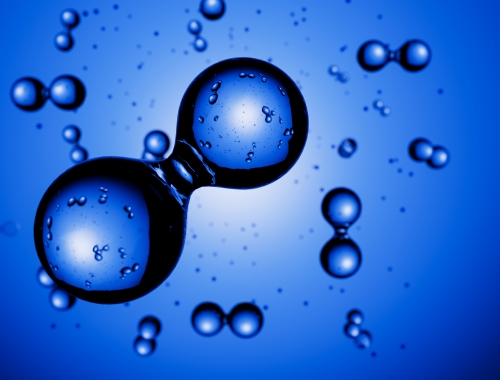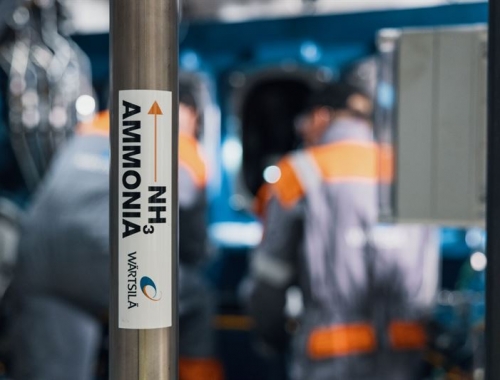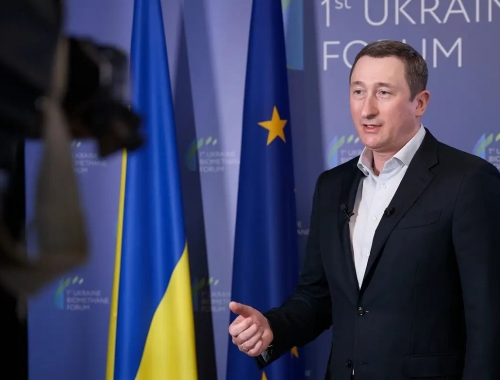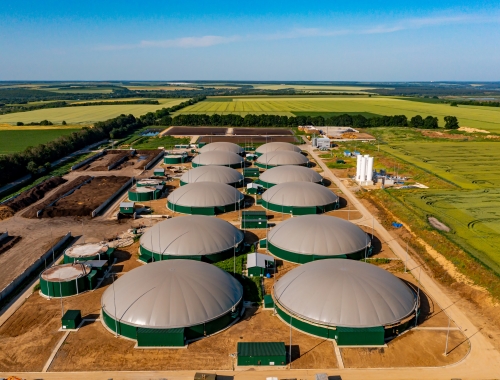SEA-LNG critiques ICCT study on methane emissions from ships
SUMMARY
SEA-LNG acknowledged the study's insights into methane emissions challenges but expressed concerns about its methodology and applicability for regulatory development.
By Shardul SharmaPOSTED IN:
In response to the recently published study by the International Council on Clean Transportation (ICCT) titled "Fugitive and unburned Methane Emissions from Ships (FUMES)," SEA-LNG, the industry coalition promoting the use of LNG as a marine fuel, issued a statement on January 30. SEA-LNG acknowledged the study's insights into methane emissions challenges but expressed concerns about its methodology and applicability for regulatory development.
Key concerns raised by SEA-LNG include:
-
Experimental Airborne Measurement Methodology: SEA-LNG questioned the use of an experimental airborne measurement methodology that lacks verification against industry standards or calibration against on-board measurements.
-
Limited Vessels and Technologies Coverage: The study primarily focused on a limited number of vessels, predominantly using older low-pressure engine technologies. SEA-LNG emphasized the absence of sufficient measurements from high-pressure dual-fuel technologies, which are prevalent in the new build order book.
-
Inability to Distinguish Between Emission Sources: The study's failure to differentiate between individual onboard emission sources raises questions about the ability to quantify methane slip associated with specific engine technologies.
-
Focus on Atypical Operating Conditions: SEA-LNG pointed out that measurements were concentrated on atypical vessel operating conditions and engine load factors, representing less than 10% of ships' operational conditions. The majority of observations were taken with engine loads of around 0-30%, which SEA-LNG argued does not accurately represent typical voyage time conditions.
While acknowledging the proposed operational measures in the ICCT study, SEA-LNG emphasised ongoing industry efforts to address methane slip and fugitive methane emissions. The organisation highlighted the voluntary strides made by the industry, particularly in the development of high-pressure dual-fuel engine technologies that virtually eliminate methane slip.
SEA-LNG reiterated its support for initiatives like the Methane Abatement in Maritime Innovation Initiative (MAMII) and the EU-funded Green Ray project. These initiatives focus on quantifying and mitigating methane slip and fugitive methane emissions, reflecting the industry's commitment to environmental responsibility, it said.
In conclusion, SEA-LNG called for regulations to be based on certified operational measurements, allowing for updates as engine manufacturers continue to enhance emissions performance. SEA-LNG said it remains committed to supporting the industry's transition to LNG-fuelled ships and encourages ongoing research, innovation, and collaboration to achieve environmentally sustainable solutions.


